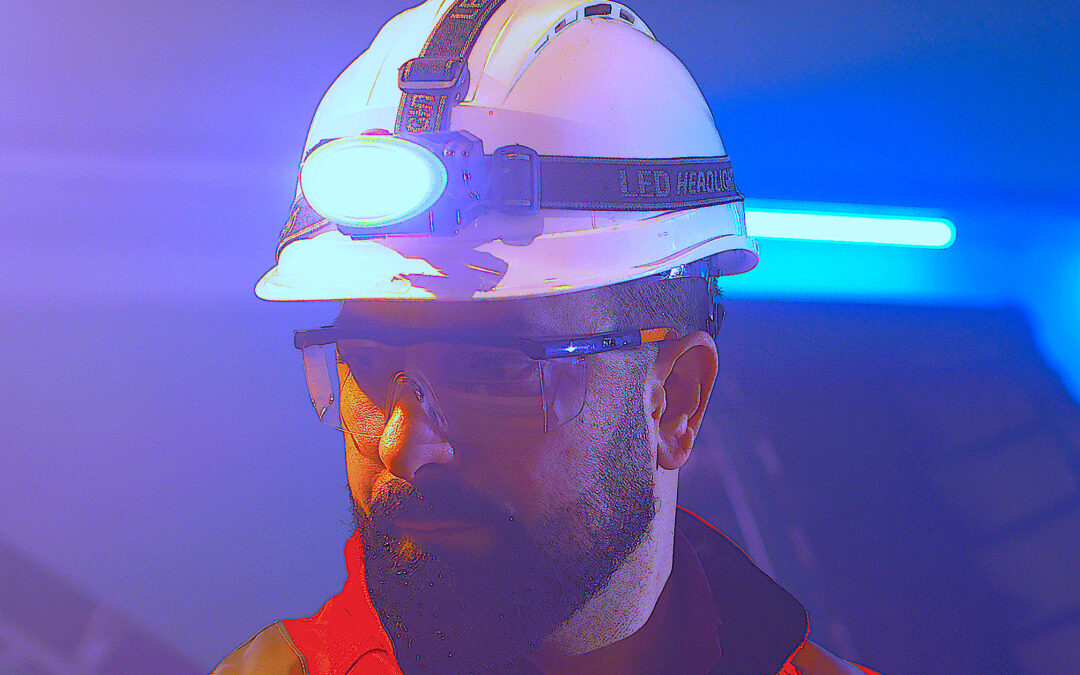As an old proverb warns, “There are none so blind as those who do not see.” When it comes to maintenance inspections, that adage has both literal and metaphoric meanings. It’s no secret that visual acuity deteriorates as we get older. According to the illuminating Engineering Society (IES), once a person reaches the age of 65, he or she will require twice the illumination that a 25-year-old routinely needs.
There was a time, when regular owner inspection was an integral and expected part of vehicle ownership and the operator experience. Automotive companies often provided owners with portable 6V or 12V inspection lamps as part of their onboard tool kits. Now, modern cars and trucks perform their own onboard diagnostics and tell their owners/operators when to take them in for professional inspections.
Machine inspection is the most basic of all preventive maintenance work. Inspection compares the machine’s current state condition against a known “normal” or “as new or designed” condition state to determine if deterioration that requires repair has occurred. Although inspection can be diagnostic based, using specific tools, it primarily remains a visual act that’s often best performed while a machine is running under full design load.
Because of the way equipment is designed and built, there will often be bearing points or moving linkages that are poorly lit or inaccessible in running machines. In such cases, an expensive Lock Out/Tag Out production shutdown is required to perform a full inspection PM. If production access isn’t granted, the PM will often be closed incomplete.
In all cases, a quality asset inspection relies on access and good quality lighting. For maintenance departments with open minds, modern consumer technology now provides a very bright and inexpensive perspective for maintenance inspections of running equipment.
We’ve come a long way from the old car flashlight. Today’s hand-held and head-band-mounted super bright LED lights with focusable beams can provide extremely high illumination of machine dark spots, and from greater distances than ever before. For inspection of machines with inaccessible hidden areas, inexpensive, switchable, LED strip lighting can be permanently installed to provide illumination allowing the use of miniature Wi-Fi-actuated security cameras (such as those in today’s doorbells) that can be turned on with a smartphone (refer to my column, “Embracing Today’s Best Multi-Tool”).
In high, out-of-reach areas, such as cranes, gantries, and rooftop HVAC equipment, among others, Wi-Fi cameras can be permanently installed and monitored. When Wi-Fi isn’t available, initial inspection can be done with a high-magnification monocular/binocular coupled to a smartphone camera. For out-of-visual-sight equipment, maintainers can be trained on the use of inexpensive drones.
As for controlled or confined space areas that require shutdown, consider the use of a small Remote Control (RC) robot with a mounted Wi-Fi or smartphone camera. Many hobby shops sell excellent RC cars with cameras, or RC-chassis kits that can be converted to carry small cameras or smartphones. If an inspection finds a potential problem a permit can be sought for further physical inspection/repair. Internal inspections behind walls, or engine- and gearbox-cavity inspections can be done using inexpensive camera-inspection tools purchased from a hardware store.
Given their capabilities, the technologies described here can all provide irrefutable permanent records of inspection that can be both time and date stamped for proof and state of repair. Bottom line: All of them can open our eyes and allow us to see our machinery in a whole new light.TRR
ABOUT THE AUTHOR
Ken Bannister has 40+ years of experience in the RAM industry. For the past 30, he’s been a Managing Partner and Principal Asset Management Consultant with Engtech industries Inc., where he has specialized in helping clients implement best-practice asset-management programs worldwide. A founding member and past director of the Plant Engineering and Maintenance Association of Canada, he is the author of several books, including three on lubrication, one on predictive maintenance, and one on energy reduction strategies, and is currently writing one on planning and scheduling. Contact him directly at 519-469-9173 or kbannister@theramreview.com.
Tags: reliability, availability, maintenance, RAM, maintenance inspections, smartphones, drones, RC cars, RC-chassis kits



